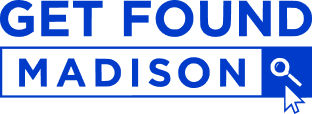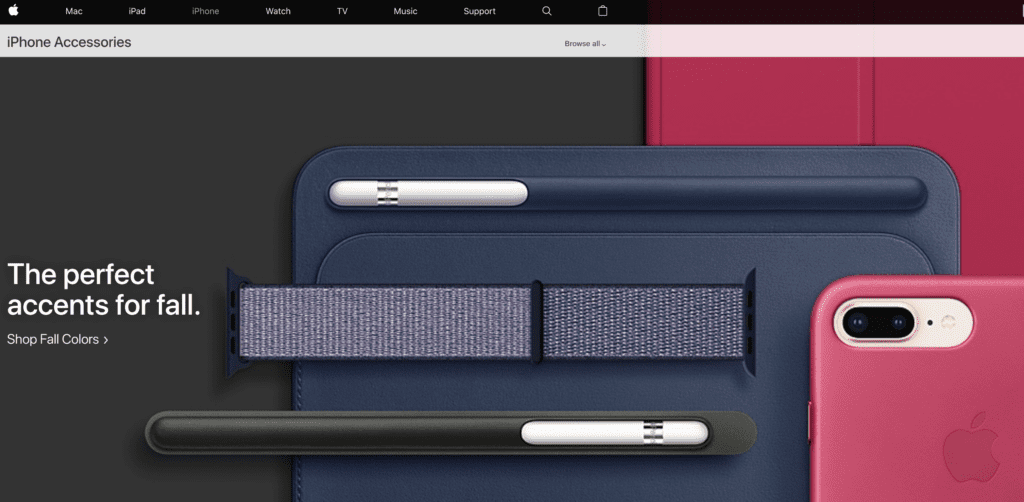Your online store needs to work hard for you. You want every potential customer coming through those doors to leave with something. And if they don’t make a purchase — you’ll want to retarget them with relevant content and products. But how can you improve your in-store experience? How can you increase your conversion rates fast — when you’ve only get a few hours, days, or weeks to play with? Here are some quick and effective ways to improve your conversion rates STAT.
Love data
Seriously — data is at the heart of every good CRO (conversion rate optimization) strategy, especially in ecommerce. Get to grips with your web analytics and keep pushing for deeper insights. The best way to spend time with your data? Open your data dashboard and investigate the following:
- Where do customers usually drop off?
- How many failed product searches is your search bar returning?
- What are your highest (and lowest) converting pages and products?
- Does seasonality affect your web traffic and conversions, and how?
- What’s your overall & page-level bounce rate like?
Armed with data that answers these five questions, you should have a pretty good idea of things that you need to focus on. Start by addressing ‘problem pages’, and then replicate strategies that worked on highly converting pages.
You need this same data-driven attitude when it comes to evaluating your marketing campaigns, especially paid ones. Don’t forget to put your in-store conversion rates in context with where your traffic is actually coming from. A store reliant on organic search vs. a store mainly getting traffic through Facebook or Instagram ads will look very different from a data perspective.
Don’t go for scrolling carousels
Kill the carousel.
The ruling from Peep Laja’s CXL blog is pretty damning: “conversion killers”. It’s been consistently found that scrolling carousels and image sliders are bad for conversions. They confuse users, dilute the brand voice, and create a user-experience nightmare.
A static hero image is a much better way to tell your brand story in an engaging visual way. If, like most people, you struggle to come to a decision on things like this: change your hero image every now and then to spice things up. A seasonal banner or a refresh of your visual identity is always a good idea, as long as you keep your branding consistent.
Confusingly, an image gallery on a product page is actually a good idea — so keep slideshow content to product pages only.
Run a quick A/B test
A/B testing is a CRO mainstay that is great for speed. It basically involves split testing an element of your website with two different groups (A and B). One is usually a control group who access the store ‘as is’, whereas the second group are given an alternative store experience (a new featured image, a new header etc). Contrasting the conversion rates between group A and B will allow you to make decisions on site changes.
Using A/B testing services like Optimizely (they hook up with WordPress, Shopify etc.) is a great way to take control of your optimization and manage tests in-house. Of course, you will get a lot of value from using a consultant or agency, but the DIY methods aren’t too bad either.
- Don’t test everything, just isolate something small like your hero image or header — otherwise you will be looking at a messy A/B/C test.
- You need to run the test with a big enough sample size and for long enough for it to be statistically meaningful. The sample size will be dependent on the control group’s expected conversion rate: calculate yours here.
- Implement any changes you need to, but recognize the continuous nature of conversion rate optimization — your work doesn’t end with one test.
Embrace sales psychology
Old-school ad copywriters were masters of psychology. They knew exactly which buttons to push and when — and for good reason. Language is a great way to cajole and persuade, so get to grips with language and the psychology of why people buy. There are so many ways to leverage psychology in your online store, but here are some key ones:
- Scarcity — people love what they can’t (almost) have. Use stock counters to drive customers towards that final action.
- #FOMO (Fear Of Missing Out) — social proof helps persuade people that they themselves are also desirable. Engaging products reviews that are hooked up with actual social profiles can help create a sense of a thriving product and customer community.
- Altruism — many people, especially millennial consumers, like to support companies who are ethical (vegan, low carbon etc), or who themselves give back to charity. An irresistible altruistic sales hook appeals to people’s need to help others, but don’t take unethical advantage of this.
- Cognitive Biases are powerful. From rhyming to the ‘halo effect’, an understanding of how the shopping mind works will help you with your content optimization and sales strategy.
Address your checkout
This is where there is real CRO mileage to be made, as most stores struggle with their checkout experience. Think you’ve got it down to a T? There is always room for improvement.
- One of the biggest barriers to conversion is the complexity of creating a user account. Simplify it in the following ways: allow an easy guest check-out, save people’s details for next time (check with them first), and allow social media check-outs.
- Review your entire checkout experience. Even little glitches, typos, spellers — can all turn someone off. Check your error messages — are you frustrating the user with ridiculous form fields? If so, try to simplify them.
- A subscription option can help entice customers to sign up with you for a more long-term relationship — something you should always be striving for. A nice deal or incentive will also give them something to smile about.
- Your thank you page — does it encourage brand engagement and future purchases? Remember, there is real value to be had from existing customers.
Review your on-page SEO
Low conversion rates are tied to inadequate on-page SEO. Sometimes all you need is to tweak your on-page slightly, and people will suddenly ‘get’ your product and store better.
- Do a quick crawl of your site and review your title tags and meta-descriptions. Are they enticing enough for someone clicking around when searching? Remember that the conversion journey starts before people even get to your store. So make sure your page looks enticing from the search results.
- Look at your H1s and H2s — are they well-written, or is there a hint of SEO over-optimization there? This ‘writing for search engines’ can be a big turn-off for users. Don’t repeat your exact keyword phrases over and over again because you don’t need to anymore. Google understands synonyms.
- For people using screen readers, proper image alt tags will help them make sense of your store. These literally take minutes to implement and they can help your SEO, too.
Push your buttons
Look at your call-to-action buttons again. Is there enough of a color contrast? Do they look inviting enough? What is your copy like? A call-to-action button is a big deal for conversions, and should not be neglected as an afterthought.
Some call-to-action food for thought from WordStream includes the following:
- Urgency (deals and offers are good here)
- Hierarchy, meaning that you aren’t asking the user to click around in the wrong order
- Include less choice for the user
- Use more whitespace, and explore fancy graphics.
Chasing after conversions isn’t everything, but it’s a good place to start. I recommend you also look at metrics like customer lifetime value and repeat purchases to really get maximum value from your ecommerce marketing & re-marketing.


